It's been 106 degrees here this week. Scratch that – today, we should hit 109. It happens, every year, and yet each year when the molten air arrives on the wings of late July, it still surprises me just how hot it feels. I've got a close friend in Arizona – I know it's not that hot in comparison. Still, comparing temperatures doesn't really matter at this point. It's still. so. hot.
Heat is a welcomed gift. It's a vital part of our ecosystem here where I live. It's what causes a lot of the flowers to go to seed and reproduce, the peppers to ripen, the potted citrus to set fruit, the tomatoes to turn blushed with color. It's why we can grow beautiful cucumbers and basil and eggplants. It's good.
A few days ago, when Stuart and I were out harvesting green beans in the slightly-less-offensive morning heat, we were filling large lugs full of the tender pods. I've gotten really swift at harvesting over the past few years as a vegetable farmer, but Stuart still takes his time and is a bit more methodical about it. I had finished my row of green beans before he'd made it through his first plant: I don't blame him, the plants were absolutely loaded. We kept picking, the sun growing warmer on our backs, until he mentioned that he was slightly offended by how many green beans there were still remaining. We picked and picked and picked and still, the bush beans were collapsing under the weight of the pods.
I giggled.
Twelve years ago, I didn't know how to grow anything. I waddled my way, painfully, through my first garden and had a very meager harvest to show for it. Now, after twelve years of hands-on-education and sweat equity, we are able to grow so much that we've actually become burdened by the harvest (in a good way, of course).
I learned how to do all of this. How to cluster plant onions for easier transplanting. How to trellis peas and prune tomatoes. How to space potatoes and keep the aggressive weeds at bay through a no-dig method. It's all been learned with a zealous hunger for more.
As I type this, I've got six beds of storage onions that need me to harvest them (you know this because their green tops will finally lay over flat on the ground – a tell-tale sign that they're mature and ready). To harvest, they will be plucked from the ground and laid in the barn to cure for a few days in the shade. This enables the outside skin to protect the tender, moist interior of the onion through all the months of storage. After curing, the onions will be braided and hung in the root cellar for a year of utilization. I didn't used to know how to do that.
I've also got a bed of beets that's ready for harvest. The beets I store differently: these are harvested and the green tops are cut off. Then, I layer the beets into a plastic fruit lug, in a single layer, with a layer of potting soil in between each layer of beets (I can usually fit 3 or 4 layers per lug). The beets will be stored just like this, in the dirt, in our walk-in-refrigerator for long term storage. Kept under the slightly damp, dark moisture of the soil, they will stay sweet and tender for the entire winter. This is also how we store our main crop of carrots. I didn't used to know how to do that either.
The cabbages are also eager to be harvested. In fact, I'm currently praying that they can withstand the week of extreme heat without splitting, as cabbages like to do in such weather. My walk-in-refrigerator is currently littered with pie cherries and some bits and bobs left over from last year's harvest that I need to account for before I can bring the large storage crop of cabbages in. I better get on that. Vegetables, like most harvests on the farm, wait for no man. The vegetable is simply perfect, for a moment, and then it's gone. It doesn't wait for you to have a clear schedule before it splits, goes to seed, bolts, turns bitter, or is taken by a garden pest. All the work, months of laboring over a crop, can be lost in just a few ignorant days of deep summer.
Without even meaning to, in some ways, through our years of trials and triumphs in the garden, we've become vegetable farmers. More than a hobby, you see. Something we are actually skilled at doing. Putting up onions, garlic, shallots, carrots, beets, cabbages, tomatoes, eggplant, beans, herbs, potatoes, corn, peas, broccoli, cauliflower, and more – enough for an entire year of consumption – is not small task. It's actually an excruciatingly large task that consumes much of our time in the spring, summer, and fall.
As we walked through the gardens with visiting friends a few weeks ago, one asked me: “The garden seems like a lot of work to keep up. Is it? I'd love to have garden but I'm not sure I want all that work.”
I, once again, giggled.
“It's more work than you can imagine, really.” I responded with a smile. “But it's wonderful work. Honest work. Work that sustains and feeds the body and the soul. It's good work to love.”
The Lord didn't create me to be the sort that skirts away from hard work – it's just not the way I am. Very rarely do I look at a situation and think “Man, that's a lot of work.”. Rather, I see a goal – an end that I want to climb towards – and work backwards from there.
If I want a root cellar full of produce, what do I need to do to get there?
That work start with tucking seeds into the cold soil on short, February days. It starts well before the harvest.
Perhaps that's a long winded way to introduce the newest series of photographs in the art shop. An ode to these beautiful vegetables that I've learned to grow and that we have greatly benefited from in so many ways. These images are inspired by a series called “Victorian Vegetables” that I found years ago. I want to remember them. I want to say with pride “I did that!”, because I know deeply, that is no small thing.
I learned how to do all of this.
You can too.

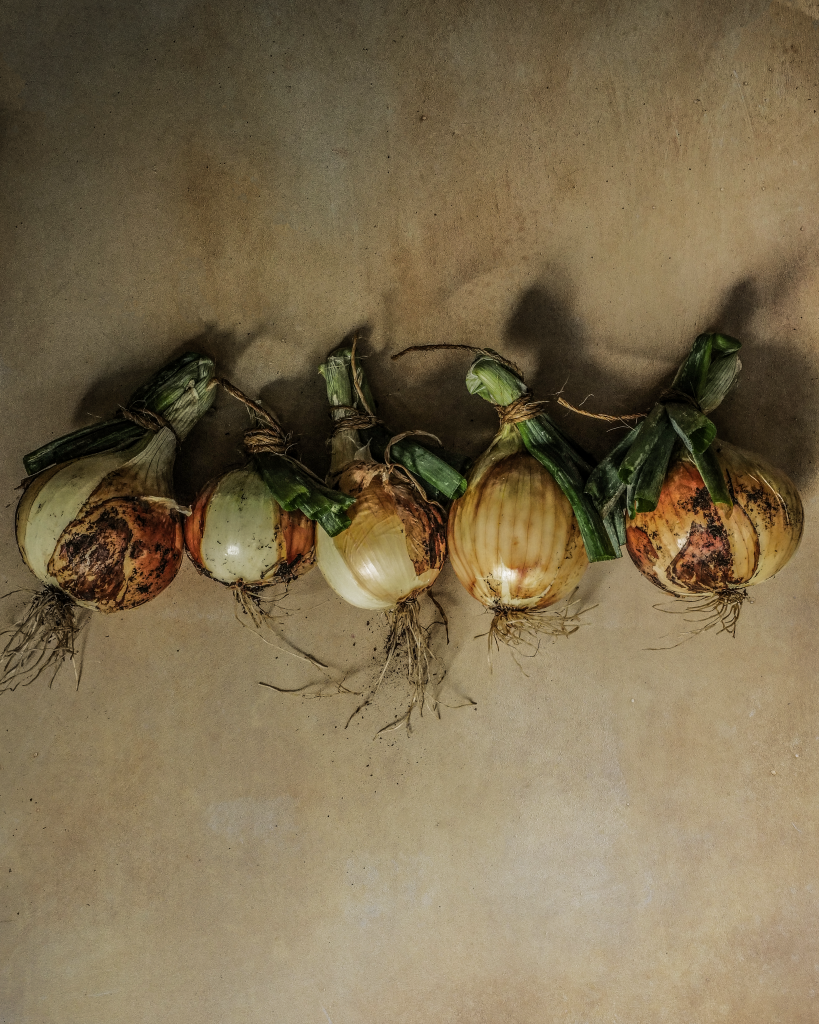
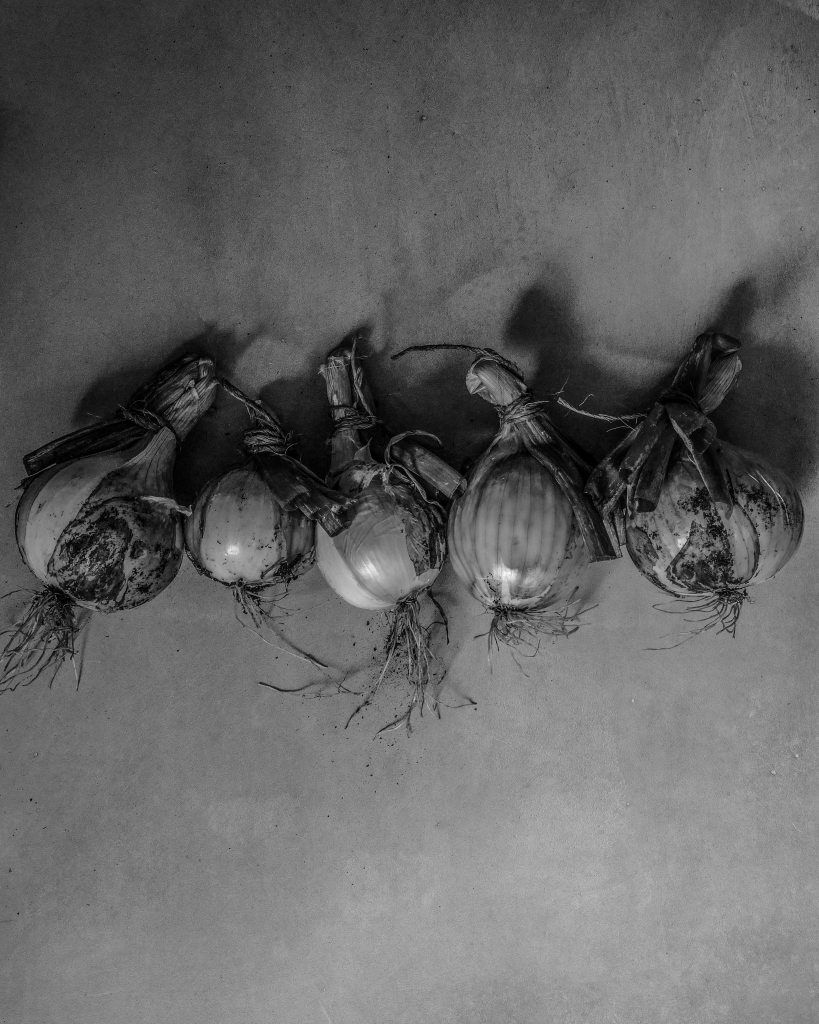
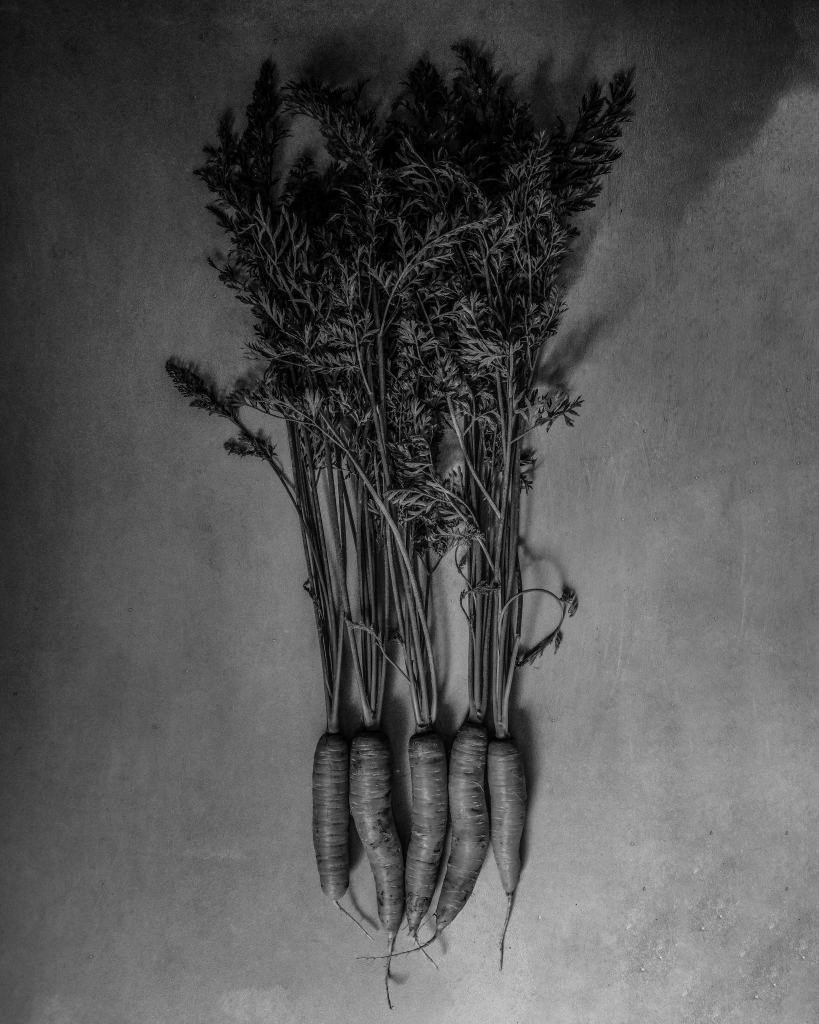
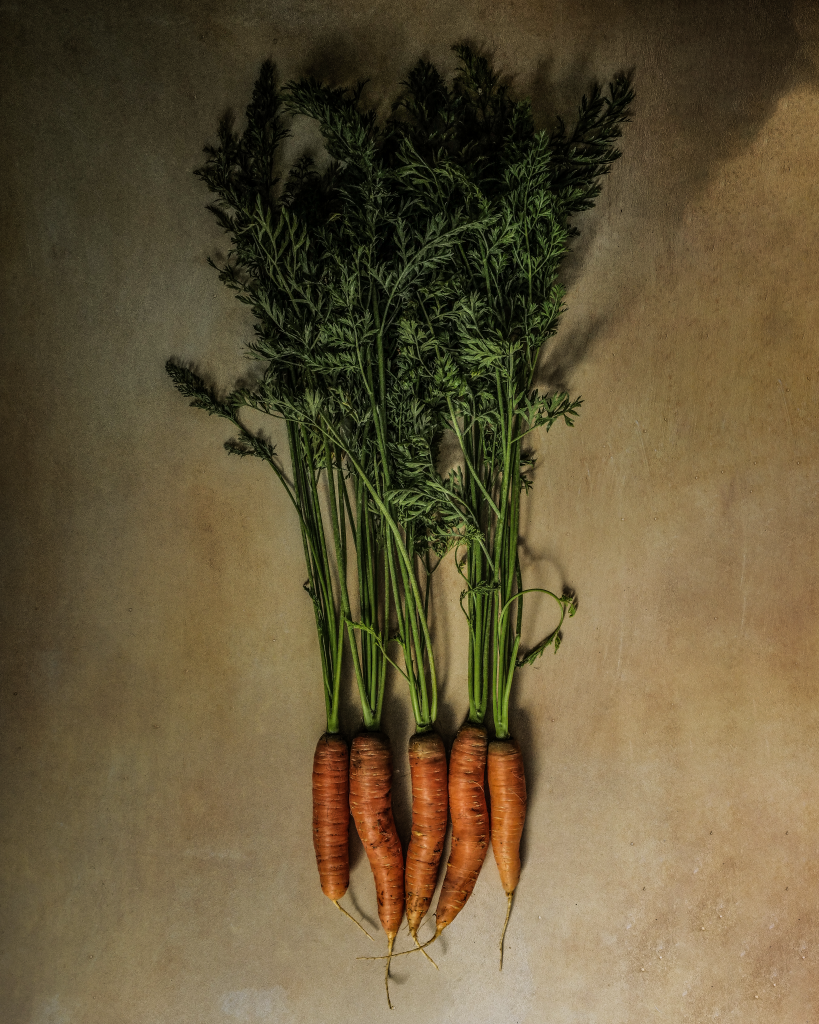
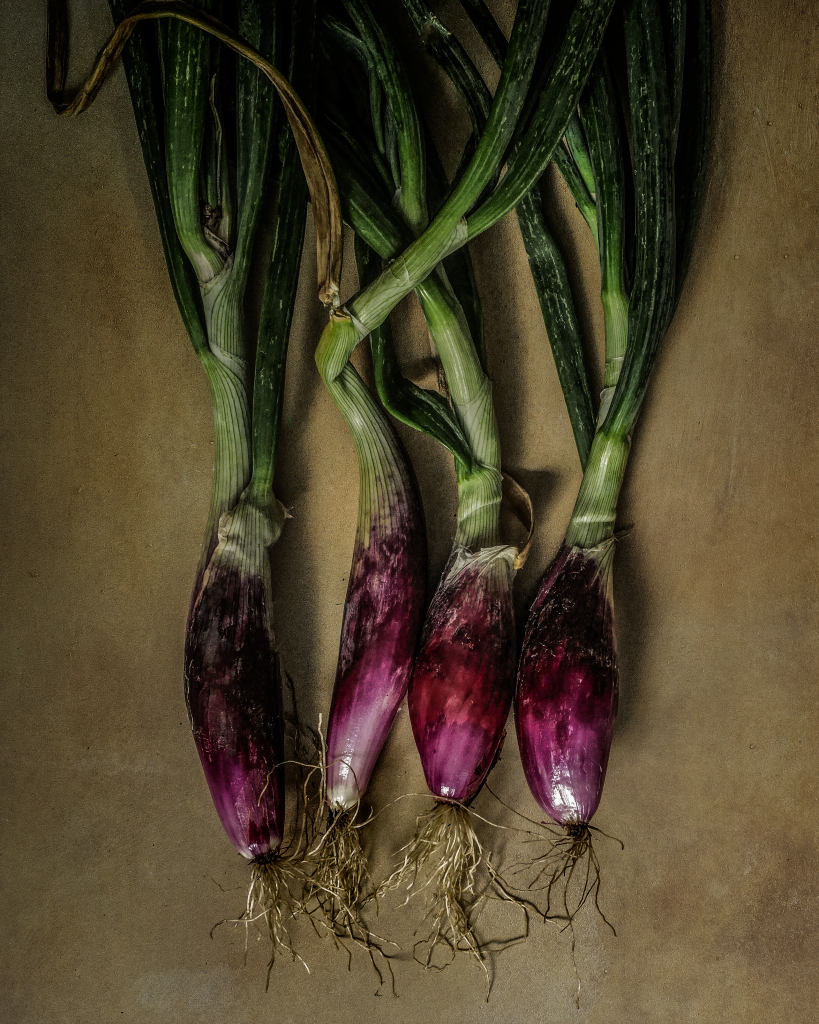
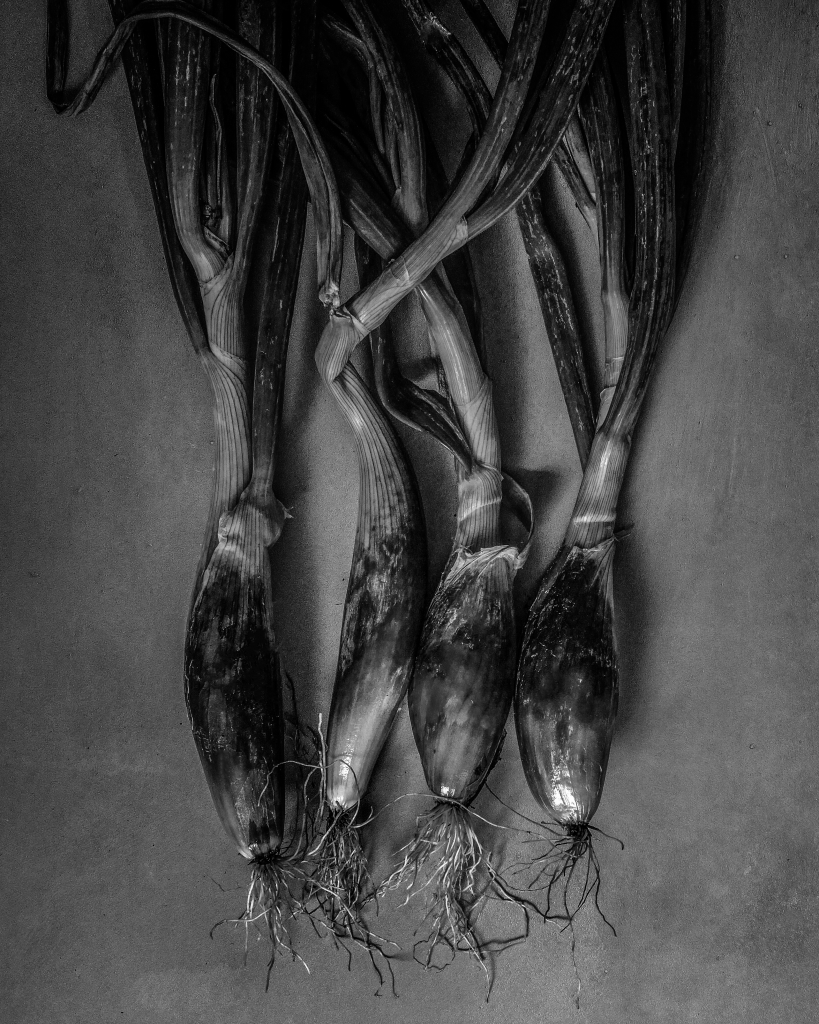
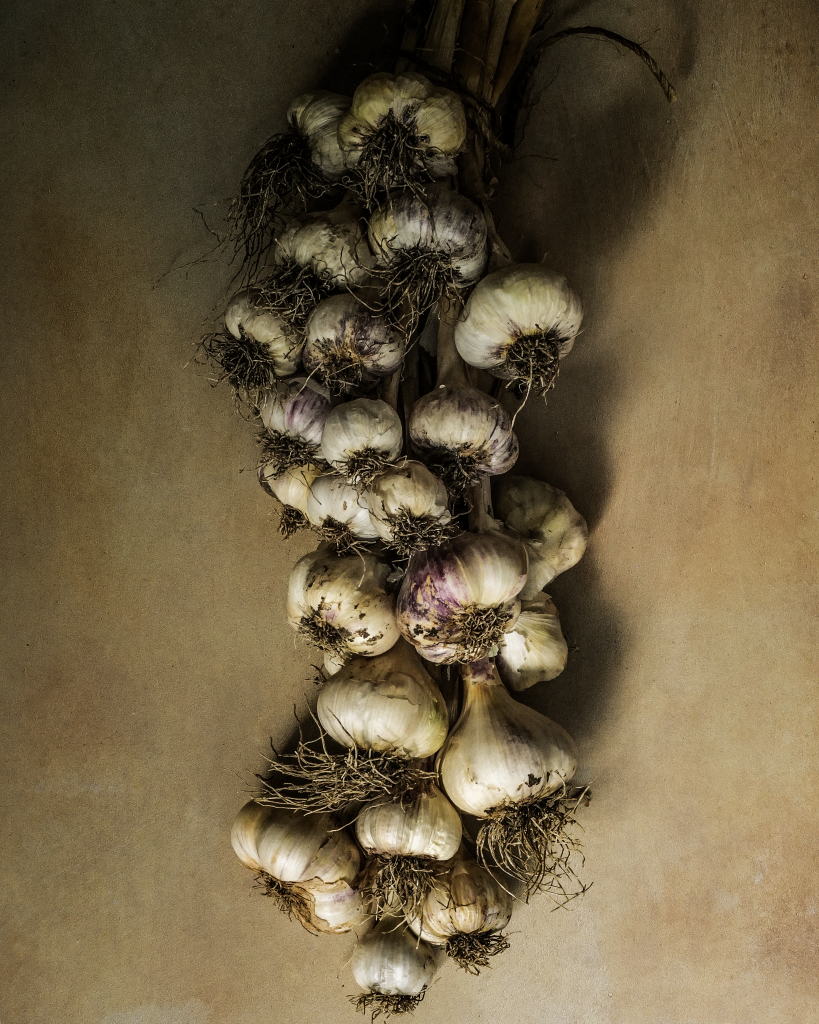
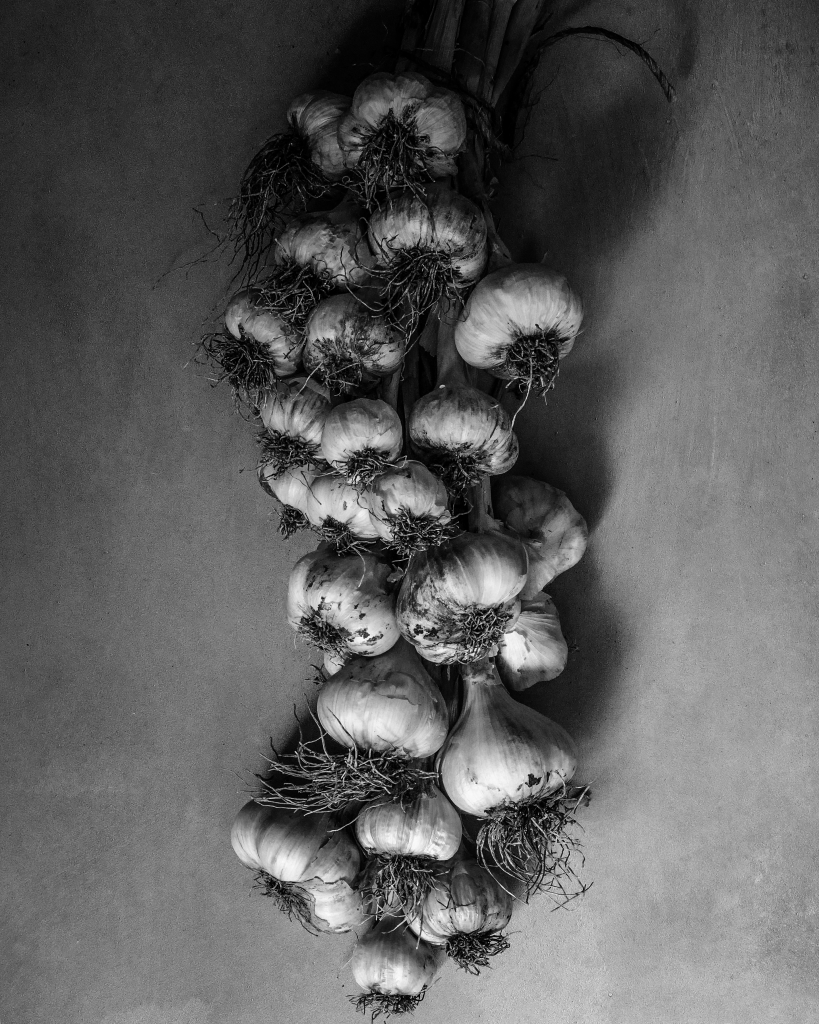
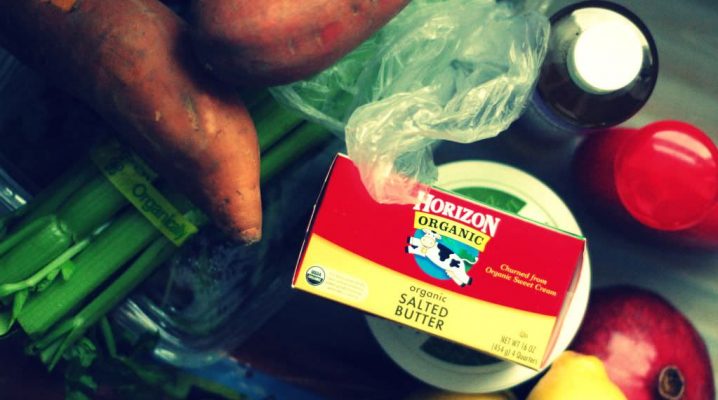
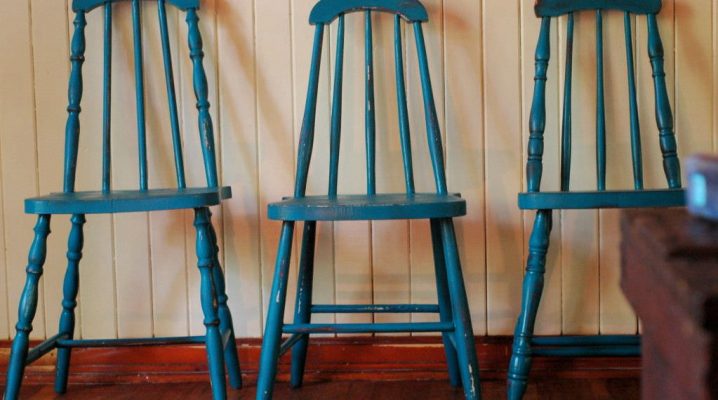

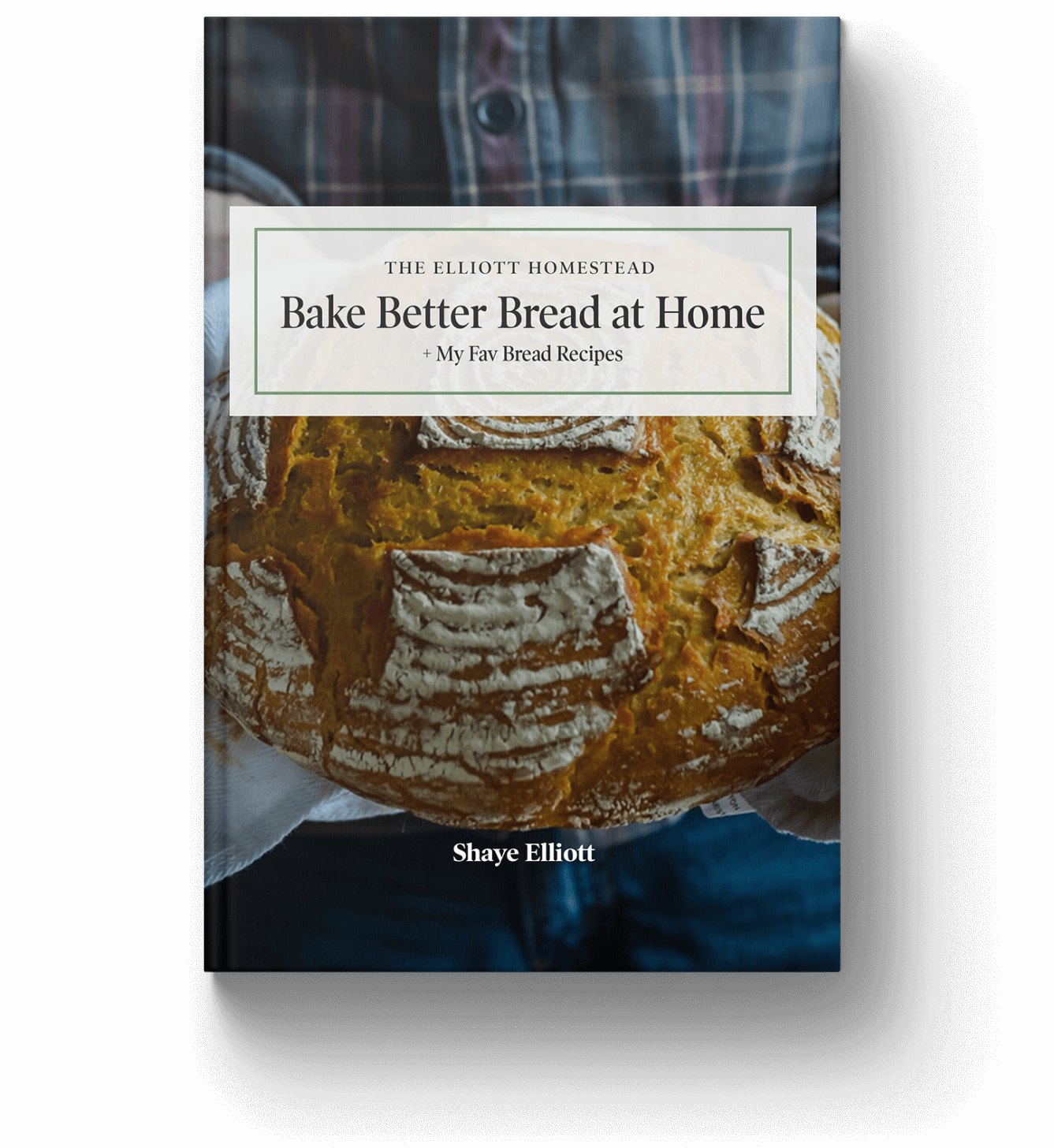
Thank you for sharing your journey! You exude grace and beauty. I’m a homesteader a few years in the making. For me, it’s “playing house” and I never want to loose the sense of wonder and joy this soulful game offers.
This has been very very helpful both your article and links to re watching the videos. Gained more information. I started a “special” book, writing all your tips.
You are so inspiring. I love that you didn’t let lack of experience or knowledge stop you, but pursued them yourself so that you could do all these things! Maybe you already have a post like this, but I did some searching and couldn’t find it. As someone wanting to start but not knowing how to do any of these thing yet, I would love to learn more about HOW you learned it all. What resources were essential to you? Books, websites, people? Where does someone start to learn what grows best in their region and what kind of soil to use and when to plant things and where! Haha I feel so daunted!
This is a beautiful post. I had to give myself a break this year. My goal has always been to grow enough food for our family for the entire year. This summer was tough because not only do I work full time but I also have 2 home businesses and run our Town’s farmers market. There just wasn’t enough time in the day and the heat and drought conditions really hurt our tomatoes and onions and other crops. We did get a wonderful crop of potatoes surprisingly and our sprouting broccoli and peaches were champs! Even though I strive to grow our own I gave myself that break and bought a bushel of tomatoes, beans and corn from a local farm and put all that up plus the peaches. Growing your own food is an enormous job but I like how you put it: “But it’s wonderful work. Honest work. Work that sustains and feeds the body and the soul. It’s good work to love.” Thank you again for the wonderful post!